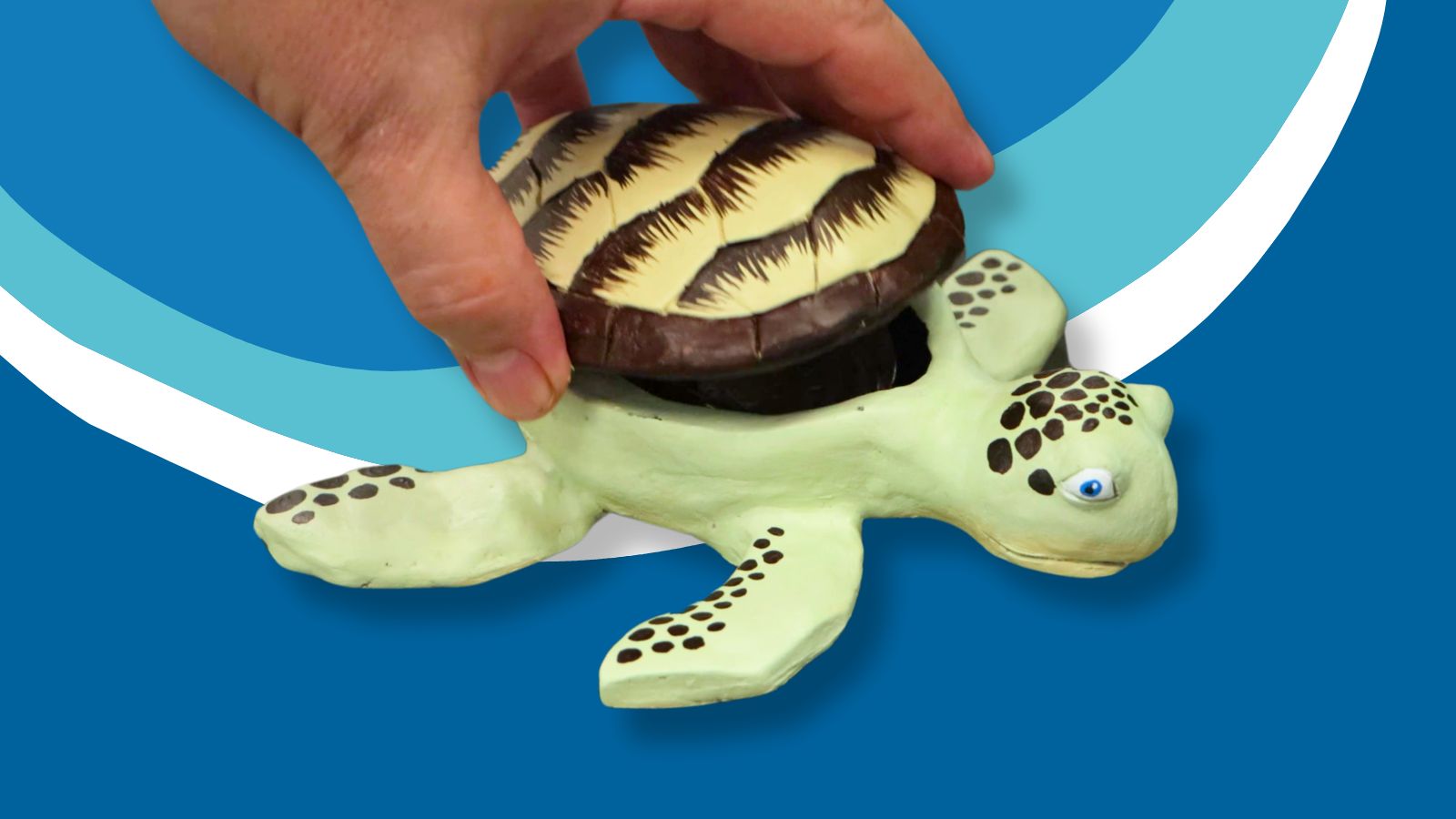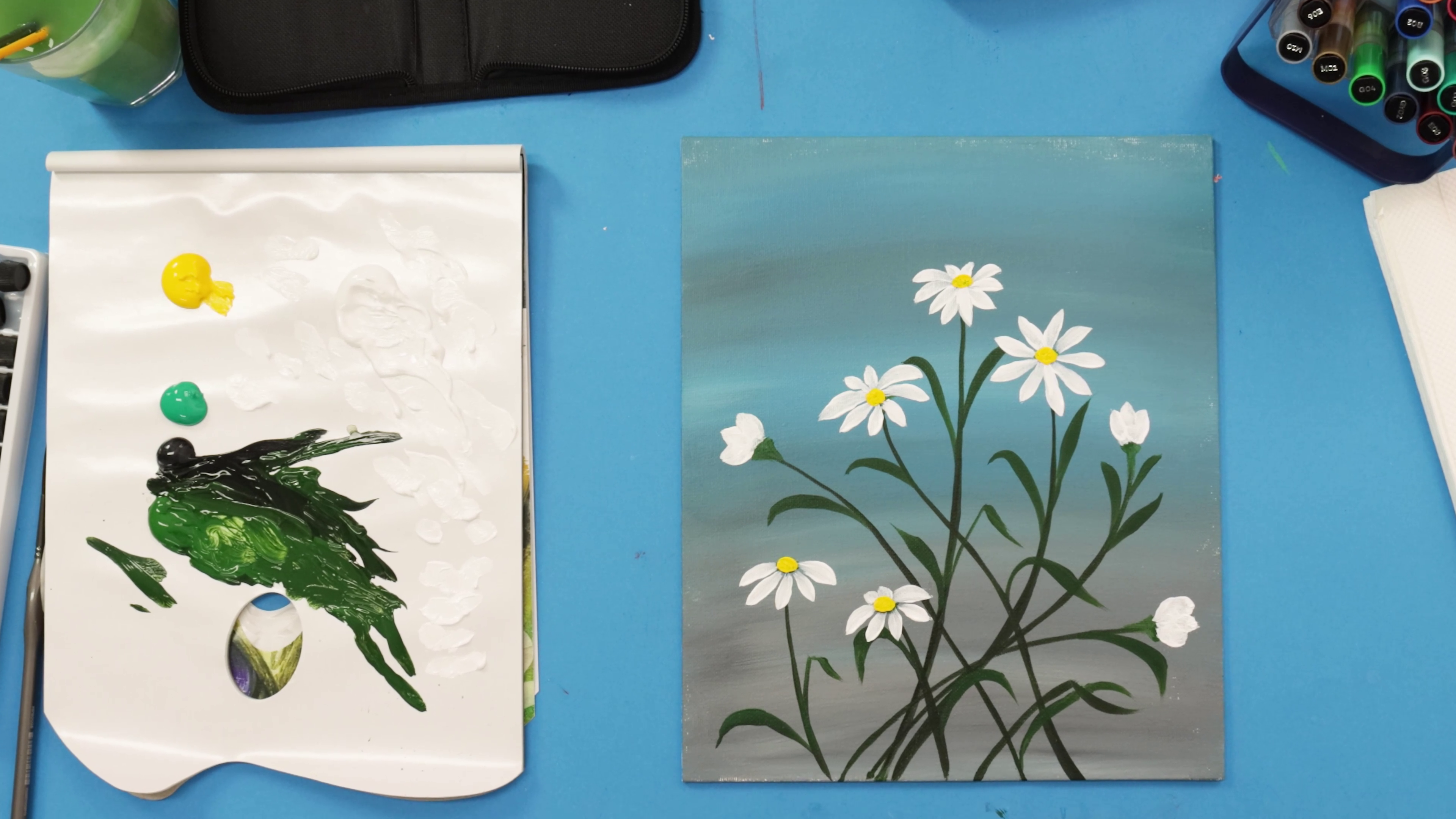How to paint a koi fish in watercolour
How to Paint Koi with Premium Watercolour
Copyright of Mont International Pty Ltd The materials for this lesson can be found at a Gold or above Art Centre. Go to to find the one nearest to you. PMHS0053 Mont Marte Watercolour Premium Paint Set 12x8ml MSB0065 Mont Marte A3Watercolour Pad 300gsm MPB0089 Mont Marte Traditional Mop Brush #2 MSB0054 Mont Marte Artist Wide Flat Taklon MAXX0019 Mont Marte Plastic Brush Washer MAPL0009 Mont Marte Airtight Watercolour Palette Also required: Water Tissues
We suggest using the 300gsm watercolour paper in this project. Always keep a tissue handy to mop up any paint if it goes where it is not supposed to. Try not to paint over a partially dry coat. 1. Drawing up the Koi Refer to the first image in the PDF. The koi can be drawn up with the construction method using 5 steps: 1) Draw in the main gesture line. This line will establish the kois form. Draw in the larger of the 2 circles near the front of the fish. Ensure the circle is centralised on the line. Then draw a smaller one closer to the rear of the fish. 2) Draw the head shape, eyes and lip. 3) Draw in the lines for the body by connecting the 2 circles, then add the pectoral fins. 4) Draw in the fan shaped tail and dorsal fins. 5) Erase all construction lines and lightly redefine the koi. 2 Laying in the Background Squeeze out a thin bead of Prussian Blue onto a water colour palette. Dip a 25 mm goat hair brush into water and mix it with the paint. Apply the paint from the top of the page and work the wash down the sheet cutting in around the Koi as you move down. Keep a tissue handy and blot up any paint that makes its way into the fish. Let this wash dry and clean the paint out of the palette with a tissue. This is easiest to do while the paint is still wet. 2 1
3. Laying in the tone Create a mix of Lamp Black and Prussian Blue. Use a #2 Traditional Mop Brush and lay this colour into the shadow side of the fish. To lay the tone into the correct area you need to establish the direction of the light source. In this case it is emitting from the top and slightly from the left. So any area or planes from an opposing direction will be in shadow. Lay in a very light shade line on the side facing the light source also. Although in theory these areas would be in highlight we have to remember that a koi fish is a compound tubular shape and as such shadow needs to be laid in to suggest this shape. At this point we also add some detail line work to the fins. 1 4. Painting the koi Koi 1) Squeeze out some Cadmium Red Deep and paint it into the koi. Create random shapes and spots. You might like to look at some images to see how particular patterns lie on Koi fish. Koi 2) Lay Lemon Yellow into the other fish. Leave the tip of the head free of colour. Let this colour dry. Squeeze out some Cadmium Red Pale and Lemon Yellow to create a warm orange and add a fair amount of water so it is quite light. Lay this over the Yellow. Once the second red coat is on dab the colour onto the back of the fish with a tissue. This creates texture. 3 4
5 5. Laying in the koi shadow In this step we create a shadow cast from the koi. Bear in mind the light source as the shadows will be on the same side. Draw in the profile of each fish under and to the left slightly. Create a mix from Prussian Blue and Lamp Black. Make the mix slightly darker than the mix made for the tonal layer. Keep the brush moving quickly and try not to go over the coat that's already been laid down. It is a good idea to test each new mix created on a spare sheet of paper which is the sa me kind you are using on the project before you commit to the main project. 6 6. Adding the detail In this step we add detail and define the koi with a watercolour pencil. Lay pigment into the side of the fish in shadow, define the eyes and add texture to the fins. Watercolour pencils are Ideal to use in conjunction with watercolour paint as they are softer and more sticky than standard colouring pencils and of course with the addition of water the pigment will turn into paint.
Material List
- Watercolour Paints Premium 12pc x 8ml (0.3oz)
- Airtight Watercolour Palette Premium 16 Slot Small
- Artist Watercolour Traditional Premium Mop 2
- Plastic Brush Washer Signature
- Watercolour Pad German Paper Premium A3 300gsm 12 Sheet
- Sketch Pad Signature 150gsm 25 Sheet A3 297 x 420mm (11.7 x 15.5in)




































